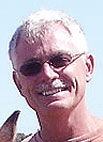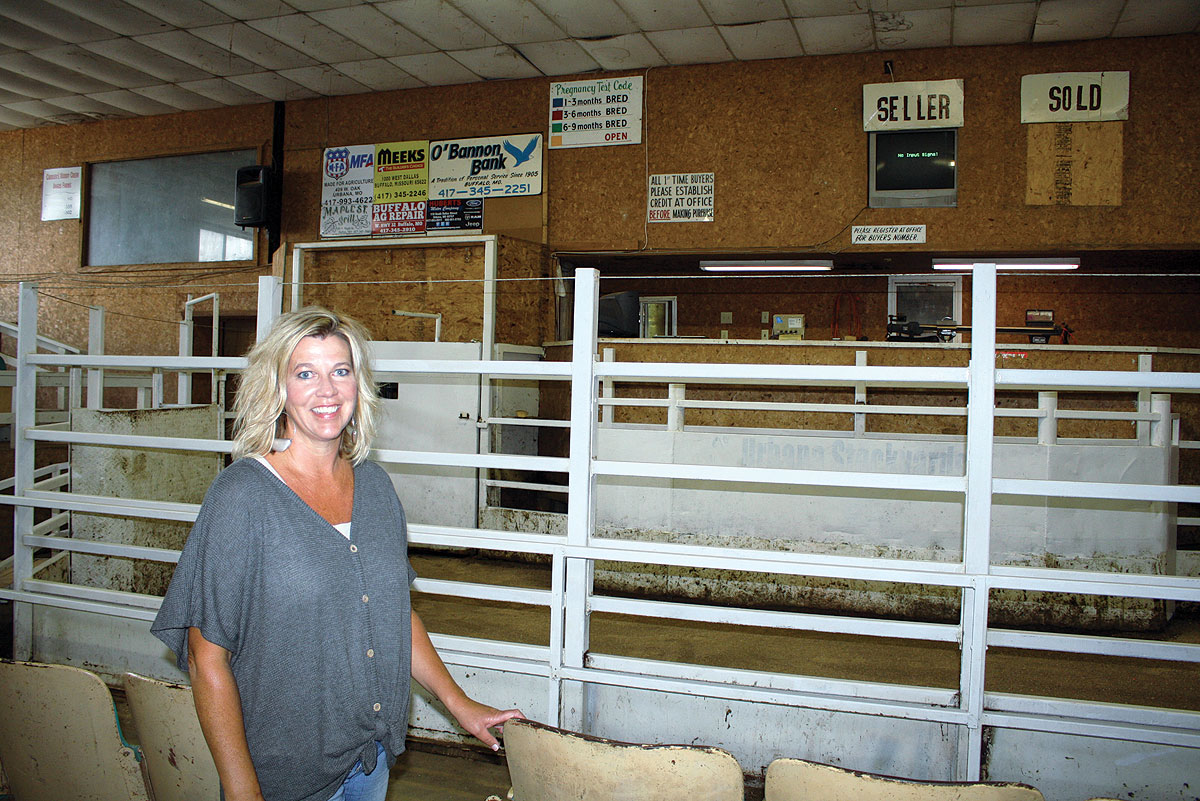
Jeff and Kelly Smith relocate to Licking, Mo., and start a registered Angus operation
Jeff and Kelly Smith traveled to the Ozarks from Upstate New York for a family wedding about eight years ago. While they were Missouri, they thought it might be a nice area to relocate to when they retired because of the mild winters and the lower taxes.
That move came a little earlier than they planned and the 160-acre Running S Ranch near Licking, Mo., has been up and running with registered Angus for the past five years. Both also to work full-time off the farm. Jeff owns Mid State Inspections Services and Kelly is an emergency room nurse at Phelps County Regional Medical Center in Rolla, Mo.
“We had a 60-acre farm and both grew up in Upstate New York, and Kelly grew up on a dairy farm,” Jeff said. “In New York, we had just kind of a mixed bag of cattle. When we got here, we decided black sells better and went with a registered herd.”
They began building their herd with six registered heifers.
“Since then, we go to the registered sales a couple times a year in Cuba (Mo.) and buy one or two, depending on what we need,” Jeff said.
When they began their operation, they tried a synchronized breeding system, but really wanted to breed in natural heat.
“So I went to AI school and Kelly picks out all of the bulls,” Jeff said.
The science involved in the cattle industry intrigues Kelly, plus she’s not afraid to give a shot or two.
“Shots and the whole hormone thing with AI, I did that in school,” Kelly said with a bright smile. “It all makes sense to me. Then there’s the DNA and the EPDs; it’s all pretty cool.”
With the use of AI, the Smiths feel it is their best resource for improved genetics.
“The bull Harvester sold for like $800,000, so AI is one way I can get genetics from him,” Jeff said. “It costs us $40 a straw, but there’s no way we could ever afford to have a bull like that.”
They have recently begun working to expand the EPD data of their herd with DNA testing.
“We’re just trying to improve and the DNA can tell us if we need to cull something quicker. It’s also a lot easier now with those expanded EPDs to look for a trait you like in a bull or a female,” Jeff said.
Kelly added that they are becoming very selective about the animals they choose to retain.
“We’re culling from the bottom,” Kelly said. “Our goal is to get balanced traits, get that marbling up a little and get the herd a little tighter.”
“Before the enhanced DNA testing, we were culling based on phenotype and EPDs, now with the expanded EPDs we can be even more selective,” Jeff added.
The Smiths hope to become a quality seedstock producer, and have sold a few bulls the last couple of years, with a couple more waiting in the wings, and hope to offer replacement females.
Going from a commercial herd to a registered herd, the couple admitted, is much more labor intensive, but the payoff is worth it.
“If we had 200 of them, it might be a bit of a challenge,” Jeff said. “But it is easier now because it’s all computerized.”
Buyers, Kelly added, like to see both genotype and phenotype, which creates added value to their calves.
Calves not retained by the Smiths are sold to a buyer in St. James, Mo., named Mark Snelson.
“We run them through the scale and he pays the market price,” Jeff said. “You don’t have to worry about shrinkage because they’re waiting in a sale barn overnight. I’ll weigh them when we load them and most of the time there is zero loss between here and there.”
Moving from New York to Missouri has presented a few challenges for the Smiths.
“It’s more of a beef industry here,” Jeff said, adding that there were more dairy farmers where they previously lived. “Around here, everyone has a small beef herd.”
The Smiths are also learning more about fescue.
“We didn’t have fescue,” Jeff said. “The good thing about fescue is that it’s really tolerant, but from what I’ve gathered, the endophyte-free fescue is only good for about three years then the stand is depleted, so plant the Kentucky 31, but add in some clover.”
The couple said the weather in the Ozarks is much more favorable than in Upstate New York, where they would get about 100 inches of snow a year.
“You fight with snow from November through April,” Jeff said. “There’s a lot more stress on the cattle up there.”
Kelly added that long winter months add to feed and shelter costs for livestock producers.
“It’s actually just miserable,” she said. “It’s much easier here because the grass season is so much longer and they can be outside. The environment here is so much easier.”
About 72 acres of their farm are grazeable at this time, but the Smiths have plans to utilize more acreage for pasture this summer.
“We’re just about peaked out at this point,” Jeff said. “My plan is to clear more land this summer for pasture, and eventually, I’m going to put in some automatic waterers in our hayfields and we’ll graze those fields and buy our hay. Right now, we raise enough of our own hay, but I’d rather keep my herd right here where I can watch them, rather than renting out land somewhere else.”
Cattle on the Running S Ranch are offered a small amount of grain twice a day. Jeff said being able to closely observe their herd is critical because they do monitor natural heat cycles.
“They will follow you all over the place,” Kelly said with a laugh.
They also offer mineral tubs with a fly control mix, which is paired with fly tags.
In New York, the Smith lead very busy lives. Their sons were involved in high school rodeo; they owned two business, a construction business and a truss business; and Kelly was a Level 1 trauma nurse, so the farm was a way for them to relax, just as it is today.
“The cows and horses are my get-away,” Kelly said.
“I’ve just always enjoyed the field work side of farming, and just getting out and looking at the cattle.”
Retirement is still several years away for the Smiths, but once they become full-time ranchers, they plan for their operation to be self-sufficient.






